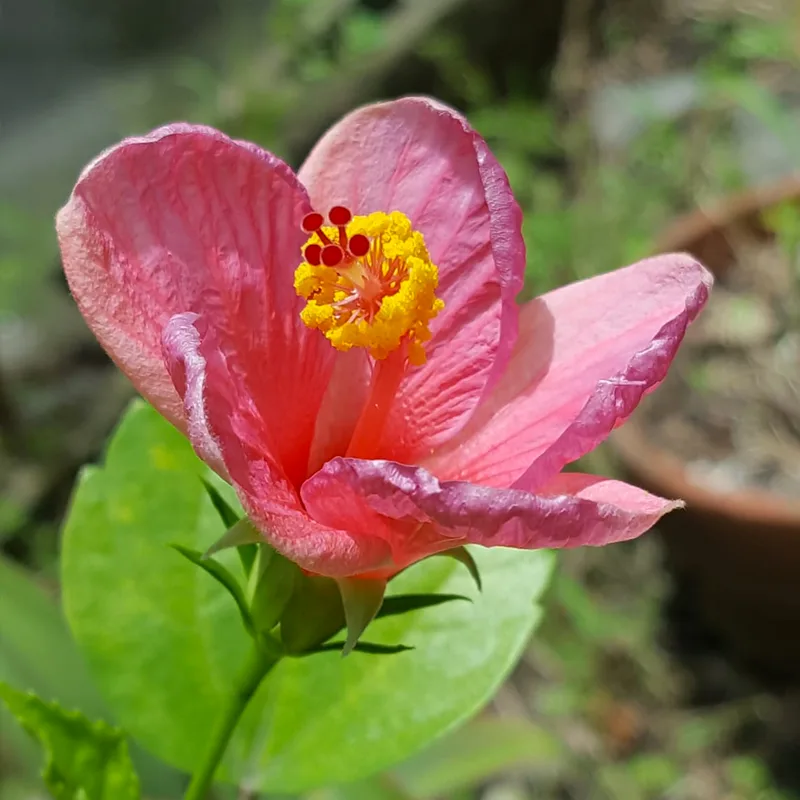Exploring the Escalloniaceae Family: A Personal Journey
As a plant enthusiast, I often find myself fascinated by the diversity within plant families. One that has recently captured my attention is the Escalloniaceae family. This group includes several genera, each with unique characteristics and charm. In this article, I’ll share my personal insights into the main genera: Anopterus, Eremosyne, Escallonia, Forgesia, Polyosma, Rayenia, Tribeles, and Valdivia.
Anopterus: A Glimpse of Unique Flora
Anopterus is a genus I discovered during my research into the Escalloniaceae family. Native to New Zealand and Australia, these shrubs are known for their stunning foliage and beautiful flowers. What struck me most about Anopterus is its adaptability to different environments. I remember reading about how these plants thrive in both coastal and forested areas, making them versatile additions to gardens.
The leaves of Anopterus are leathery and often have a glossy appearance, which adds a lush look to any landscape. Their flowers are typically small but grouped in dense clusters, providing a striking contrast to the foliage. In my experience, including Anopterus in a garden can create a vibrant, multi-dimensional space.
Eremosyne: The Elusive Beauty
Another intriguing genus in the Escalloniaceae family is Eremosyne. I’ve often found that Eremosyne species are less well-known, which only adds to their allure. These plants tend to thrive in the subtropical and tropical regions of South America, particularly in places like Chile and Argentina.
One notable feature of Eremosyne is its unique leaf structure. The leaves are often arranged oppositely, giving the plant a distinctive silhouette. I appreciate how these plants can bring a touch of the exotic to a garden while remaining relatively easy to care for. If you’re looking to add a touch of the unexpected to your collection, Eremosyne is worth considering.
Escallonia: The Star of the Show
49 Species in Genus Escallonia
Escallonia is perhaps the most recognized genus within the Escalloniaceae family. These shrubs and small trees are native to South America and are prized for their beautiful flowers, which bloom in various colors, including pink, white, and red. My admiration for Escallonia stems from its ability to attract pollinators, particularly bees and butterflies.
I recall planting Escallonia in my garden and watching the transformation as it flourished. The fragrant flowers not only added beauty but also attracted a diverse range of wildlife. I found that Escallonia is quite resilient and can tolerate different soil types, which makes it a fantastic choice for gardeners looking for low-maintenance options.
Forgesia: The Unsung Hero
While exploring the Escalloniaceae family, I stumbled upon Forgesia, which, like Eremosyne, is not as commonly discussed. This genus is native to the Southern Hemisphere, and its members often feature a more subdued aesthetic compared to their counterparts.
What makes Forgesia special is its ability to thrive in challenging conditions. I’ve seen them flourish in less-than-ideal soils, which makes them a great option for gardeners dealing with poor drainage or drought conditions. They may not be the flashiest of plants, but their hardiness and resilience make them worthy of attention.
Polyosma: A Diverse Presence
The genus Polyosma showcases a fascinating range of species, each with unique characteristics. These plants are typically found in tropical and subtropical regions, with some species native to Australia and New Zealand.
What I find captivating about Polyosma is its diversity in form. Some species are shrubs, while others can grow into small trees. This variability offers a lot of opportunities for creative landscaping. I’ve experimented with incorporating Polyosma in various garden designs, and I’ve always been pleased with the results.
Rayenia: A Hidden Gem
The genus Rayenia offers a delightful surprise within the Escalloniaceae family. This genus is lesser-known, but its unique flowers and foliage have won my heart. Rayenia plants often feature attractive leaves and produce beautiful blooms that can add a pop of color to any garden.
I’ve found that Rayenia can be an excellent choice for those looking to create a garden that stands out. Their unique aesthetic quality makes them a conversation starter among fellow plant enthusiasts.
Tribeles and Valdivia: The Lesser-Known Genera
Tribeles and Valdivia are two more genera within the Escalloniaceae family that deserve mention. While they may not be as popular, both offer unique characteristics worth exploring.
Tribeles plants tend to have a more modest appearance, but their understated beauty can enhance any garden. I appreciate their simplicity, as they can complement more prominent plants in a landscape design.
Valdivia, on the other hand, features beautiful flowers that can light up a garden space. These plants often require a bit more care, but the results can be stunning. I remember being rewarded with vibrant blooms after dedicating time and effort to nurturing them.
Conclusion: A Family Worth Exploring
The Escalloniaceae family is a treasure trove of botanical wonders. From the robust Anopterus to the enchanting Escallonia and the unique charm of Eremosyne, Forgesia, Polyosma, Rayenia, Tribeles, and Valdivia, each genus offers something special. Whether you’re a seasoned gardener or just starting, exploring these genera can enhance your appreciation for plant diversity. My journey with the Escalloniaceae family has been fulfilling, and I encourage anyone interested in plants to delve into this captivating family.
If i die, water my plants!



